The Irish Red and White Setter, with its distinctive coat and exuberant personality, is a breed steeped in rich history and charm. Originating in Ireland, …
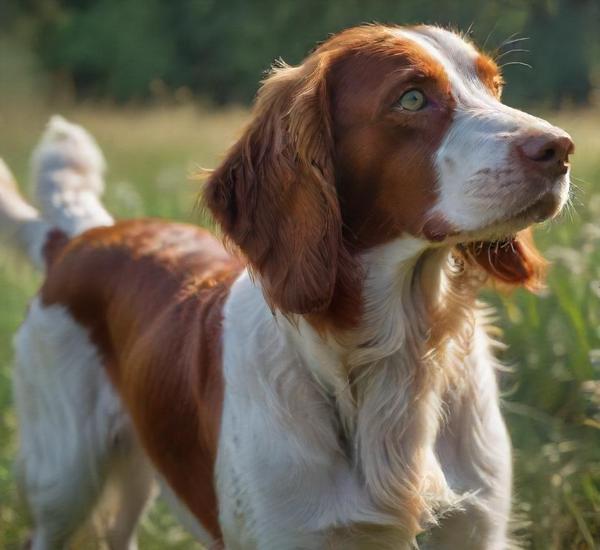
Happy Paws: All About Dogs

The Irish Red and White Setter, with its distinctive coat and exuberant personality, is a breed steeped in rich history and charm. Originating in Ireland, …
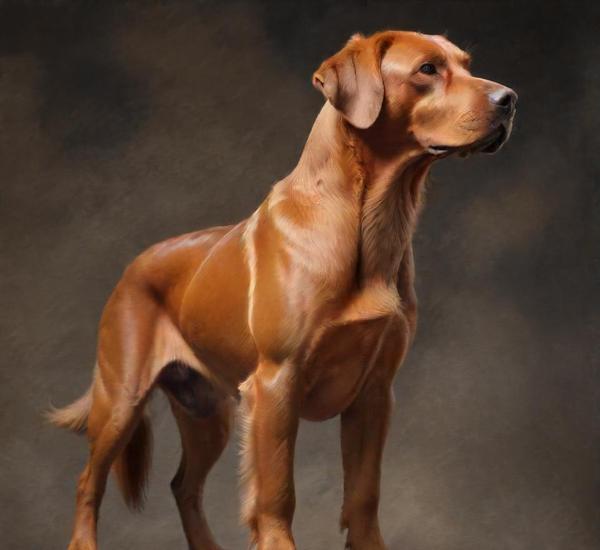
The Broholmer, a noble and impressive breed hailing from Denmark, is known for its commanding presence and gentle nature. As a guardian of both home …
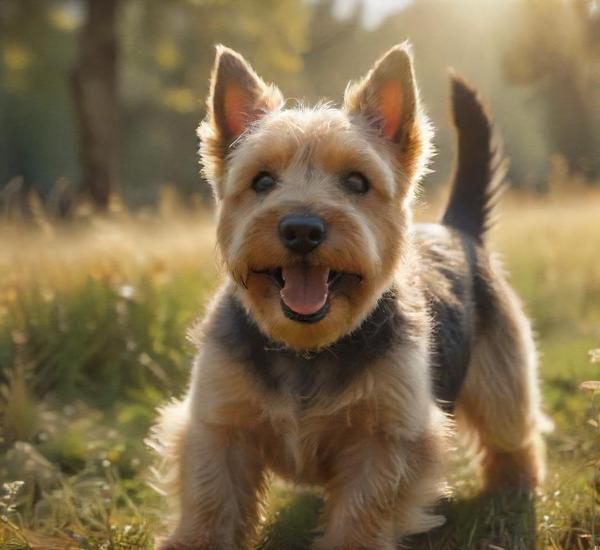
Scottish Terriers, often affectionately known as Scotties, are a distinct and captivating breed that embodies both charm and character. With their sturdy, compact build and …
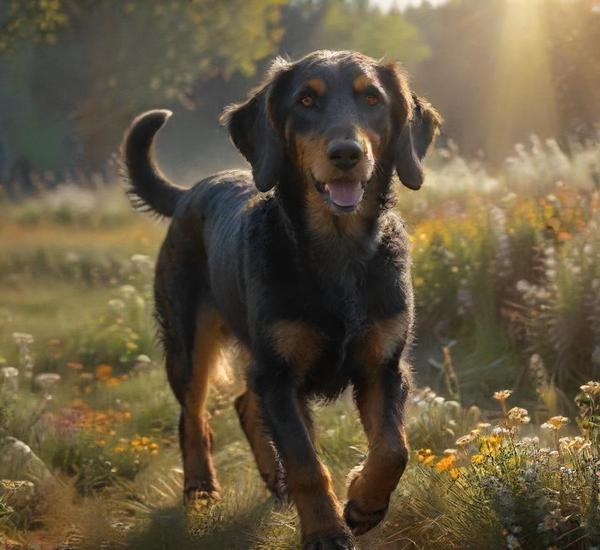
The Styrian Coarse-haired Hound, known for its rugged charm and impressive hunting prowess, is a breed that commands respect and admiration in the world of …
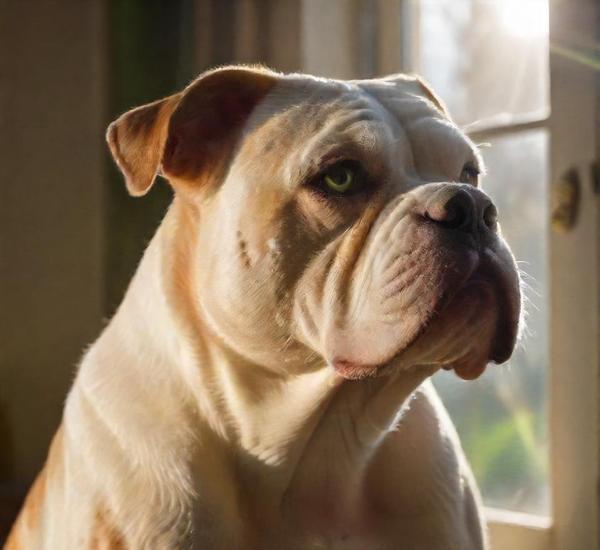
Boxer dogs, with their distinctive muscular build and playful demeanor, have long captured the hearts of dog lovers around the world. Originally bred as a …

The Bedlington Terrier, with its distinctive lamb-like appearance and spirited personality, stands out as a unique and charming breed among terriers. Originally developed in the …
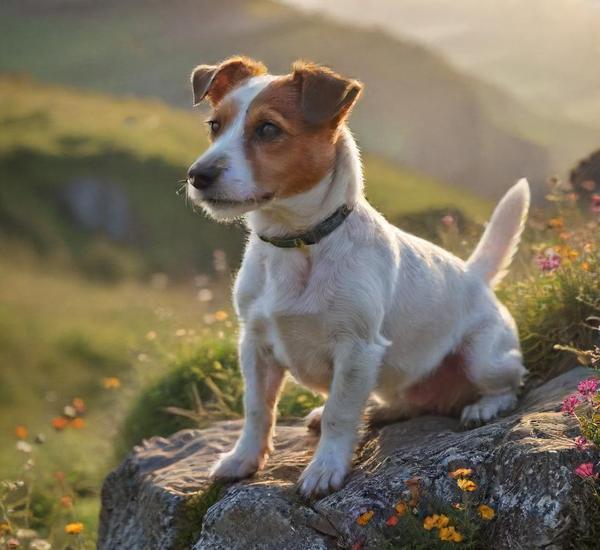
Jack Russell Terriers are a dynamic and spirited breed, renowned for their boundless energy and sharp intelligence. Originating from England, these small yet robust dogs …
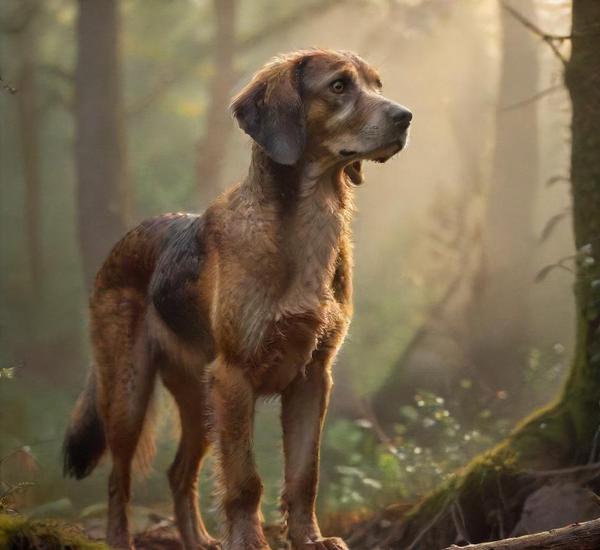
The Harrier, an energetic and versatile breed, is a remarkable blend of stamina and agility, making it a favored companion for active families and outdoor …

The Spanish Mastiff is a majestic and storied breed that has captured the hearts of dog enthusiasts with its commanding presence and gentle demeanor. Originating …
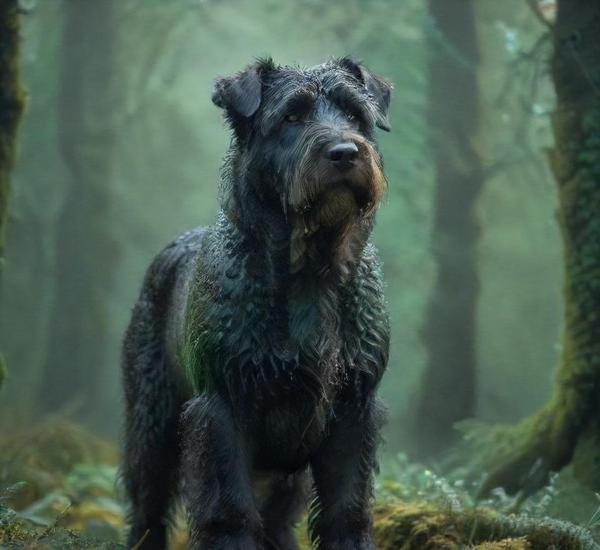
The Bouvier des Flandres is a striking and versatile breed that has captivated dog enthusiasts with its impressive blend of strength, intelligence, and loyalty. Originating …